An expensive camera isn’t necessary; a smartphone can capture excellent shots. Simply remove any distractions like plastic bags from the frame, evoke laughter from your subject, and hone your selfie skills through practice.

Deborah McColins
In today’s world, we all wield the power of photography with a phone readily available in our pocket to capture life’s moments, whether mundane like our lunch or profound like love. But how can you ensure you’re capturing the best possible pictures? Here, photographers offer their top tips to elevate your photography game.
Utilize whatever resources are readily available.
“The best camera is the one in your hand,” emphasizes Guardian photographer Sarah Lee. “How many of us have witnessed something captivating but lacked a device to capture it? The convenience of a cameraphone is that it’s typically within reach.”
Despite being a professional photographer, Lee acknowledges the practicality of carrying a Leica everywhere, but admits there are times when she doesn’t have it handy yet encounters a compelling shot. Fortunately, advancements in phone camera technology have significantly improved. “Early phone photography was subpar,” she reflects. “It used to produce disposable images. Now, you can achieve impressive, high-resolution photos.”
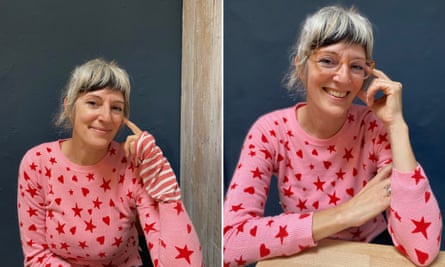
Avoid simply pointing and clicking.
“Approach photography with care and thoughtfulness, regardless of the camera you’re using,” advises Lee. “Even if it’s just your phone, don’t merely raise it and aim at the scene assuming that’s sufficient. Take into account factors like lighting, composition, and framing. Treat the camera on your phone with the same reverence you would any other camera.”
Utilize the available tools to their fullest potential—if you desire to do so.
“I’m not particularly fond of the smart software many phones integrate to enhance the sky or apply high dynamic range (HDR), because, as a photographer, I prefer having full control,” explains Lee. “However, one feature that I find really useful on an iPhone is the ability to adjust exposure by holding your finger on the screen while taking a picture; a yellow bar appears, allowing you to fine-tune the exposure and consider the lighting.”
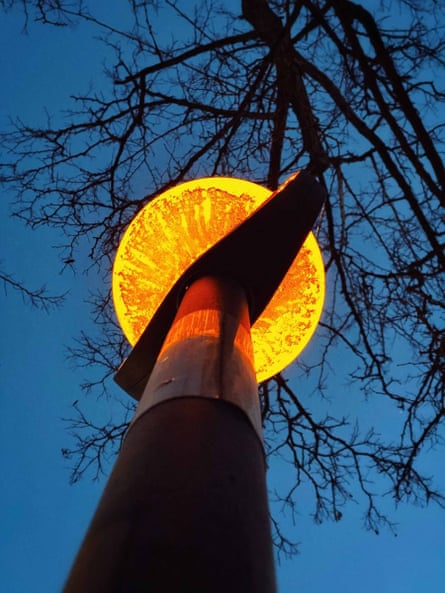
The decision to zoom or not to zoom depends on the specific circumstances.
“Don’t hesitate to rely on your legs as your zoom tool, adjusting your distance by walking closer or further away,” advises Lee. “You’ll often see photographers contorting themselves, crouching, or bending in odd positions while working. It may seem amusing, but it’s all about making those subtle adjustments to achieve better framing.”
Exercise control over conditions to the best of your ability.
“When it comes to landscape photography, the initial step is recognizing when you’ll have the opportunity for a stunning photo,” explains Will Davies, Britain’s Landscape Photographer of the Year for 2022. “Misty mornings during autumn, the shift from snow to clear skies in winter—these are the conditions where your chances will be optimal.”
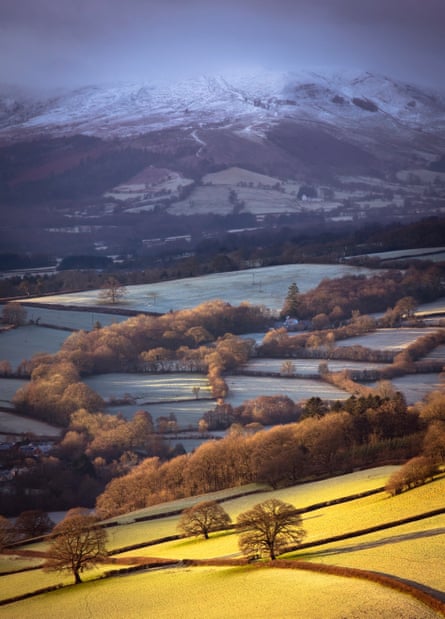
The photograph of Brecon in Wales that earned Will Davies the Landscape Photographer of the Year award in 2022.
Do your research
“When it comes to capturing the perfect shot, practice and research are invaluable,” explains Davies. “Revisiting locations where you’ve previously succeeded, drawing inspiration from other photographs you’ve encountered—all of these contribute to improving your chances. Additionally, I believe in seizing opportunities and adjusting to the conditions. Sometimes, the most exceptional shot isn’t the one you meticulously planned, but rather the one you serendipitously stumbled upon that day.”
Light plays a crucial role in photography.
“In landscape photography, a common challenge arises when foregrounds appear too dark and skies overly bright,” explains Davies. “I’m constantly seeking opportunities to counterbalance this, such as situations where sunlight illuminates the foreground while the background is under cloud cover. Similarly, scenes where light highlights a captivating focal point while the edges of the frame remain in shadow can produce striking effects.”
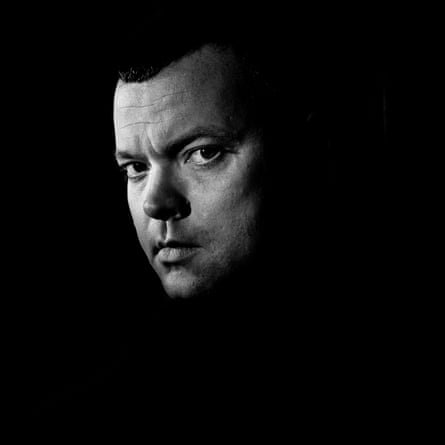
Embrace the available light.
Ali Smith, a photographer originally from New York City now residing in Norwich, suggests that using the flash on a phone might not be worthwhile. “It only provides light in one direction out of 360 degrees of options,” she notes, suggesting there are likely better alternatives. “When you use flash on a subject like a person, it often exposes the person well but underexposes what’s behind or around them. This can be effective if intentional, but limiting otherwise.”
Challenge conventional norms.
Having been a punk musician in the 1990s, Smith found her way into photography through capturing gigs, a journey she details in her new book, The Ballad of Speedball Baby. She reflects on her approach to photography, saying, “There are two different ways that I think when taking a photo. One is emotionally driven, and the other is aesthetically driven. Aesthetically, I focus on light, color, and texture; emotionally, I’m more inclined to disregard those factors.”
Cultivate a keen sense of observation for capturing the perfect moment.
“I have a strong affinity for color and patterns,” Smith shares, always seeking out harmonious or contrasting combinations. “As a portrait photographer, I find faces endlessly fascinating.”
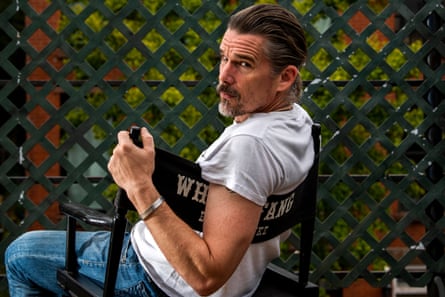
When she shot Ethan Hawke on a Brooklyn rooftop in 2020, “He showed up in a hole-ridden black jumper, but I thought the plain white T-shirt underneath was way cooler, so I suggested he lose the sweater,” she says. “Sensing my enthusiasm about the look, he felt confident and excited about it, too.”
Be aware of the background, Lee says. “Think: ‘Do I want that old Tesco bag in the background? Do I want those cables hanging down off that lamp-post?’ Be aware of other things in the frame. You often think: ‘That picture would be great if it didn’t have half a Honda Civic poking into it.’ If you can master that, it will improve your photos instantly.”
Don’t feel bad about using portrait mode
Some professional photographers hate portrait mode, as it seems like cheating, says Smith, but she says it can be a shortcut to taking great pictures. She also uses filters and crops and occasionally retouches images, although she is not a fan of airbrushing. “They are all tools to get to the same place,” she says.

Children can be excellent subjects …
… but they often need a little help to get the right pose. “It is useless to say: ‘Smile!’ unless you want them to have their tongue sticking out awkwardly,” says Smith. “You have to entertain, you have to elicit a response, you have to be taking a photo while you’re asking them about something, so they look as if they are thinking. But mostly what works is saying: ‘One, two, three, fart!’ You’ll get a big laugh.”
If they are having their picture taken with an adult, make sure the adult is ready for the shot, too; they can often be distracted by the child, Smith says. Lee employs a Donald Duck impression for children. “If you spring it at the right moment it will get their attention and they will turn and look at you. Very occasionally, they will cry.”
Animals are trickier to capture
“A high-pitched squeak will normally get an animal to turn its head and look at you with a sharp expression of interest,” says Lee. Out in the wild, “more expensive equipment does help”, says Davies. “Big telephoto lenses will open more opportunities for wildlife closeups, but they don’t come cheap. But there are exceptions. I was on Skomer Island in Pembrokeshire this summer and the puffins are so relaxed you can get great shots with any gear.”
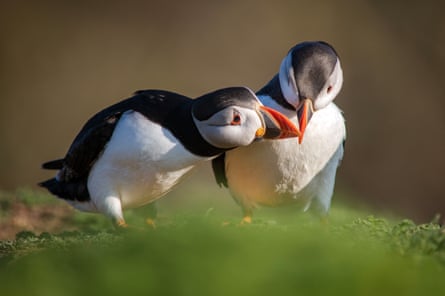
Expressions are divisive
“I used to be obsessed with not smiling, because it was an acknowledgment that you’re taking a photo and this is a contrived situation,” says Smith. “But I just like to get something out of people, whatever that is. The point is that you’re participating and making something together. Without that, it’s not as interesting.” That said, contemplative expressions can be particularly effective, she says.
Lee never tells people to smile. She recalls how the revered Observer photographer Jane Bown once said she asks her subjects just to look at her. “I tell people to look at the lens as if they are looking at me, rather than the camera, as if they are concentrating on something interesting. Sometimes, that makes them laugh.”

Make a quick connection with your subject
When Smith photographed the US TV host Rachel Maddow, “I had five minutes to find a connection with her and elicit a response. This is a skill I’ve had to learn.” On photographing live music, Smith says: “Get close and shoot with a wide angle. Experiment with shooting directly into light sources. Be loose with your framing. Try to match the energy of what you’re photographing with the energy of taking the photos.”
Rediscover the lost art of conversation
“Talk to people,” says Jennie Baptiste, a photographer from London who covers music and youth culture. “I didn’t grow up behind a screen. I went out, I did vox pops, I went to Camden [in London] and talked to goths and took their portraits.” She says you need to make subjects “feel as relaxed as possible to capture the true essence of who they are”.
Find your unique style
“We are bombarded with images like never before, thanks to mobile phones,” says Baptiste. “We don’t tend to spend much time actually looking within the image. It tends to be a quick scroll and on to the next thing. If you want to make your photos captivating, you need to have some kind of strategic thinking as to how you’re going to engage your audience so that they stop and look at the image. The challenge is to create your own aesthetic style and not get heavily influenced by what you are seeing online.”
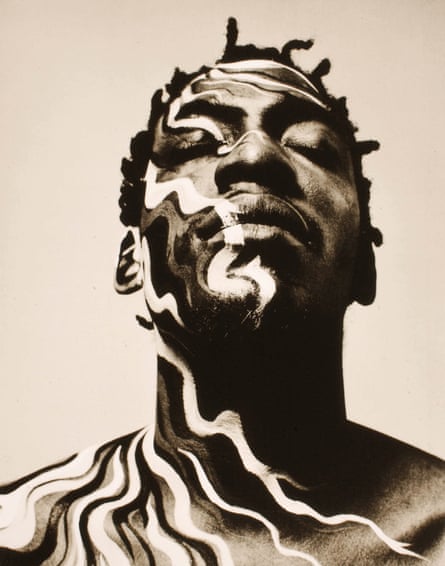
The power of black and white
“Black and white can convey a lot of emotion and fragility,” says Baptiste. “It brings a psychological connection with the viewer that isn’t necessarily there in colour images.” She enjoys playing with different tones, such as sepia and selenium, drawing on reportage photographers such as Don McCullin, and advises exploring the scale from black to grey to see the different effects they can bring. When Baptiste photographed the musician Roots Manuva – the image is in the National Portrait Gallery’s collection – she shot only in black and white.
Take selfies
“People should spend time at home taking lots of selfies,” says Smith. “You can learn how to control things such as exposure and focus. You have to look into those. Once you know, it’s something that’s easy to do on the fly.”
Lee hates turning a cameraphone on herself accidentally: “Every year it gets more distressing and you look like a dissolved puddle.” Instead, she says: “I’m quite a fan of taking arty selfies in mirrors. Lifts are my weakness. I’m also very fond of a bevelled edge on a mirror, where you get a double effect and it looks quite noir.”
Don’t leave pics to rot on your phone
“Many people will have thousands of photographs on there,” says Baptiste. “But photo albums are a wonderful thing. I grew up in a family with lots of photo albums. I would regularly spend my weekends looking through photos and immersing myself in my family history and heritage, because I was born here, but my parents are from Saint Lucia. The challenge, because of our fast-paced culture, is taking time out to make albums. Reflecting on achievements and occasions with friends and family can help you mentally.”
Smith adds: “You must make sure you print them. If that phone breaks or gets stolen, they could be gone.”




